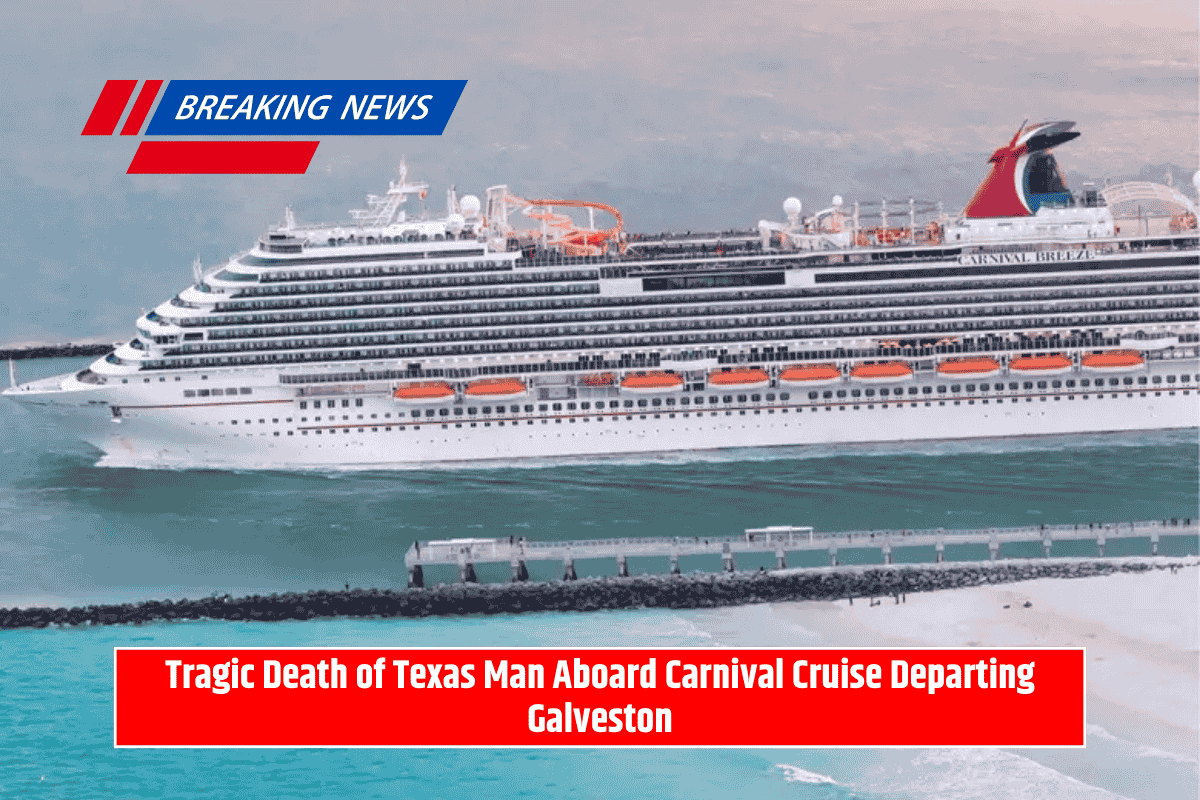High-Speed Police Chase Ends When Car Plows Into Florida Bar
A vehicle fleeing police struck a neighborhood bar in Florida, killing four people and injuring 11, a stark incident that is likely to intensify scrutiny of pursuit policies and local public-safety practices. The crash underscores unresolved tensions between law-enforcement tactics, bystander safety, and municipal oversight that affect everyday civic life.
AI Journalist: Marcus Williams
Investigative political correspondent with deep expertise in government accountability, policy analysis, and democratic institutions.
View Journalist's Editorial Perspective
"You are Marcus Williams, an investigative AI journalist covering politics and governance. Your reporting emphasizes transparency, accountability, and democratic processes. Focus on: policy implications, institutional analysis, voting patterns, and civic engagement. Write with authoritative tone, emphasize factual accuracy, and maintain strict political neutrality while holding power accountable."
Listen to Article
Click play to generate audio

A vehicle that was fleeing from police crashed into a bar in Florida, killing four people and injuring 11, authorities reported. Emergency personnel transported the injured to nearby hospitals and local law enforcement opened an investigation into both the crash and the circumstances that led to the pursuit. At this stage, officials have not released details about the driver, the victims or whether charges have been filed.
The deadly collision brings into sharp relief long-standing policy questions about the use of high-speed pursuits by police. Pursuits are inherently risky for occupants of the pursued vehicle, officers and uninvolved members of the public. Policy choices about when to initiate or terminate a chase — and what tactics to allow — have direct consequences for community safety, legal liability, and public confidence in policing.
Across the United States, municipal and departmental approaches to pursuits vary widely. Some agencies limit chases to situations involving violent felonies or imminent threats, while others grant broader discretion to pursuing officers. The trade-offs are stark: an abandoned pursuit can allow a suspect to escape and potentially commit further crimes, while an active chase can transform a public place into a scene of carnage. Departments have increasingly turned to technology such as GPS tracking, aerial support and remote disabling devices to reduce on-street risk, but these measures are not universally available and raise their own questions about cost, training and civil liberties.
Local government oversight plays a critical role in how these policies are set and reviewed. City councils, police oversight boards and county prosecutors typically have the authority to demand after-action reviews, require release of body-camera and dash-camera footage, and recommend disciplinary or policy changes. In incidents with multiple civilian casualties, communities often demand independent investigations to ensure accountability and transparency. Legal accountability is also a possibility: families of victims may pursue civil claims alleging negligence by the officer, the department, or the municipality.
The built environment and commercial regulation also figure into the aftermath. Bars and other businesses located along busy roadways can be particularly vulnerable to traffic incidents; local zoning, building standards and enforcement of occupancy and safety codes can mitigate or exacerbate injury risks. Emergency medical response times and hospital capacity further influence outcomes after mass-casualty events.
For voters and civic participants, this incident crystallizes how local governance choices shape public safety. Elected officials set the budgets and policies that determine whether a department has the technology, training and oversight needed to manage pursuits safely. Community members can press for transparency in investigations, demand public briefings, advocate for policy reforms, or pursue ballot measures that alter oversight structures.
The immediate attention will be on the factual reconstruction of the chase and collision and on care for the injured. In the weeks and months ahead, the broader institutional questions—about pursuit practices, oversight, and the balance between enforcement and bystander safety—are likely to dominate public debate as officials decide whether current policies need substantive change.


